American Nissan R35 GT-R Owners Need To Calm Down!
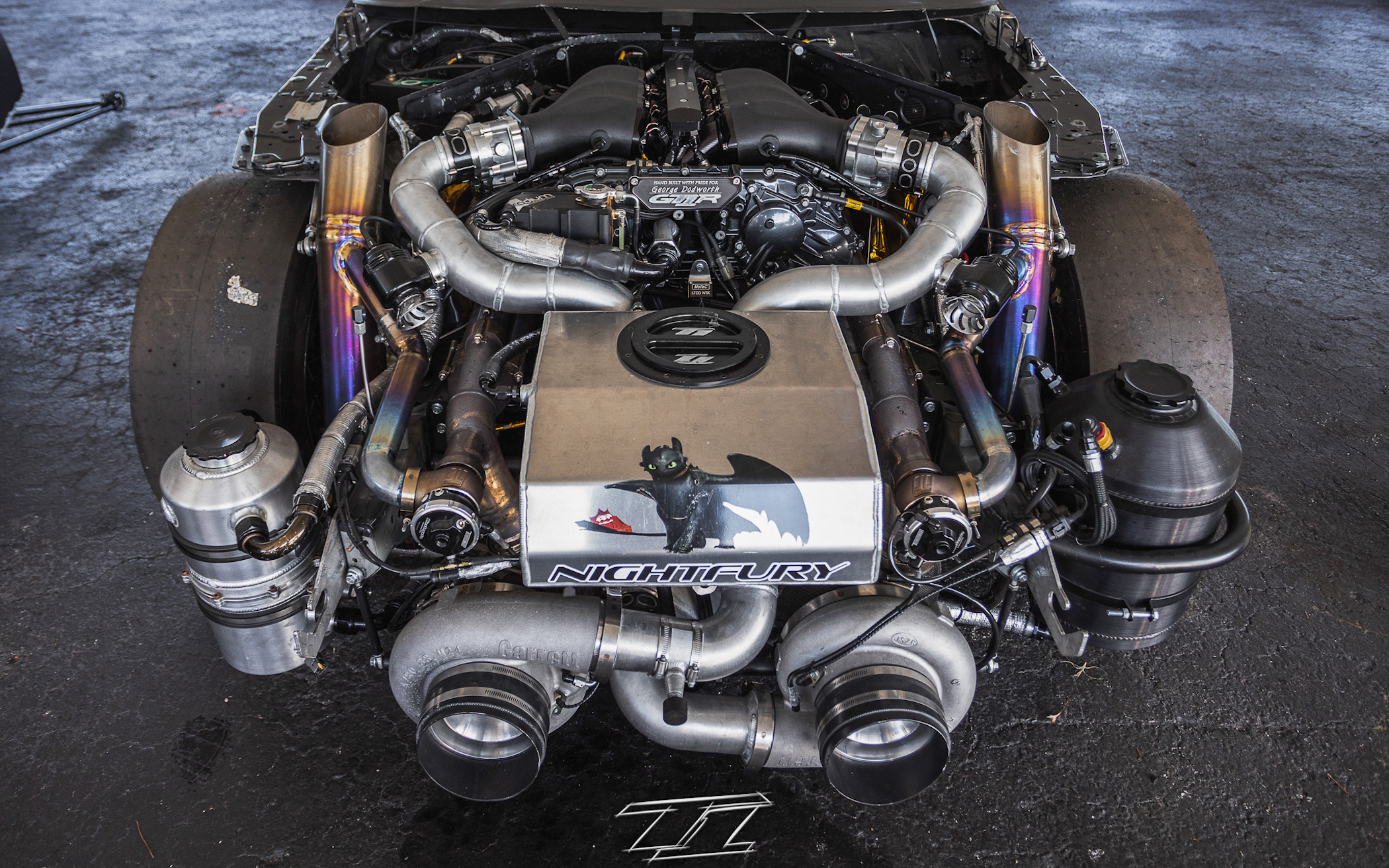
On my daily afternoon Facebook doom scroll, right before the tip of my right thumb lost all feeling and I was forced to reckon with the fact that I should actually be working, I stumbled across a photo of @charlieturbos insane R35 GT-R - giant low mount turbos plumbed directly in to an over-the-radiator intercooler that feeds into a billet plenum, interrupted only - in the most American of ways - by a bonnet-exiting dump pipes.
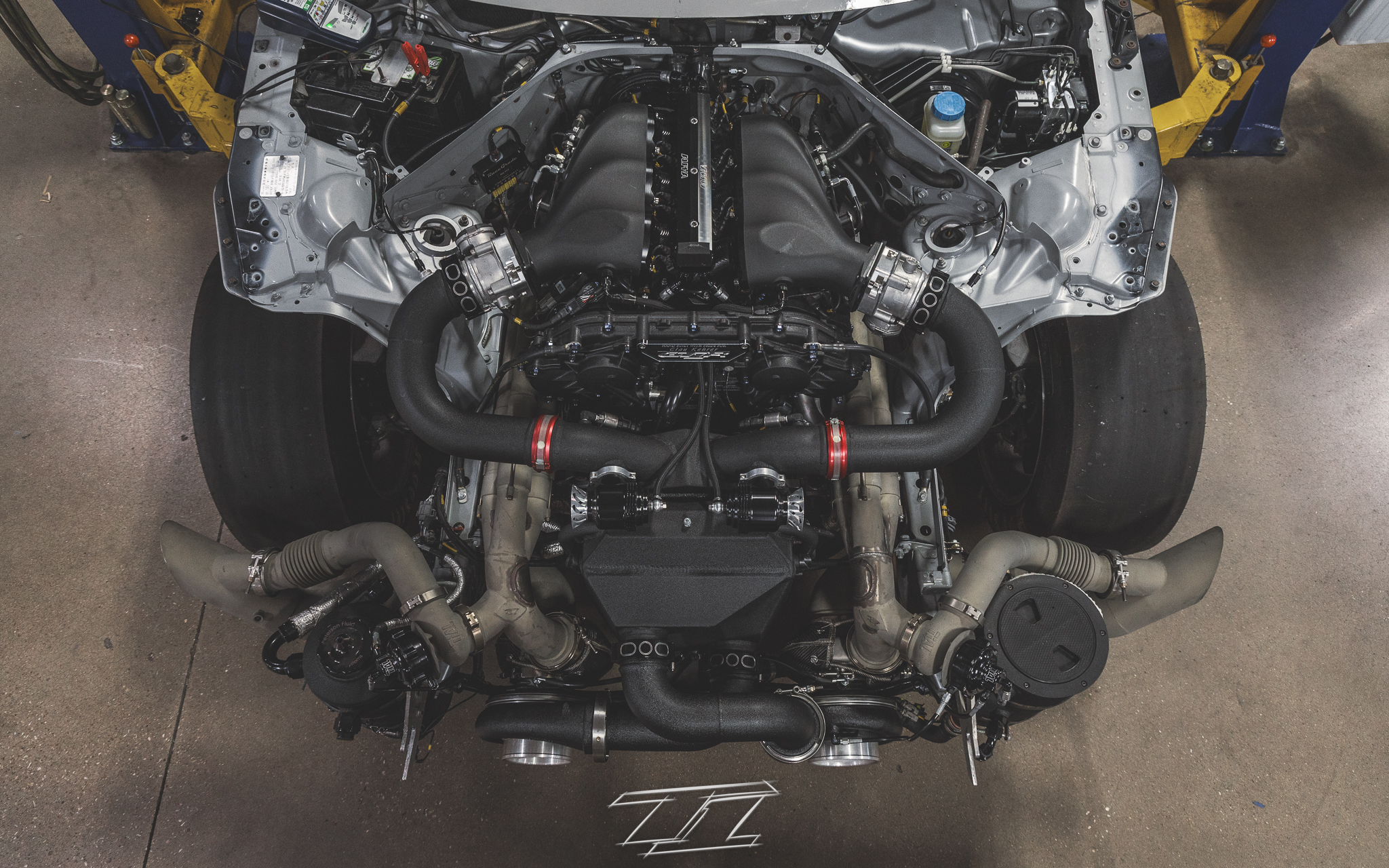
It’s a wild looking thing, and will no doubt produce a dyno sheet that reads like an out-of-area telephone number, and with all the effort put into the fabrication, surely it’s one of a kind?

So I used Google Images to try and find some more photos, and low and behold up popped several more GT-Rs that seemed to have forgotten that Nissan blessed them with ample boot space in their thiccc (with a triple ‘C’) rear ends.
T1 Race Development actually have several huge power R35s, all with bewilderingly complex turbo set ups that are joined on the nose of the car by everything from water-to-air heat exchangers to dry sump tanks - everything, it would seem, except a front bumper?
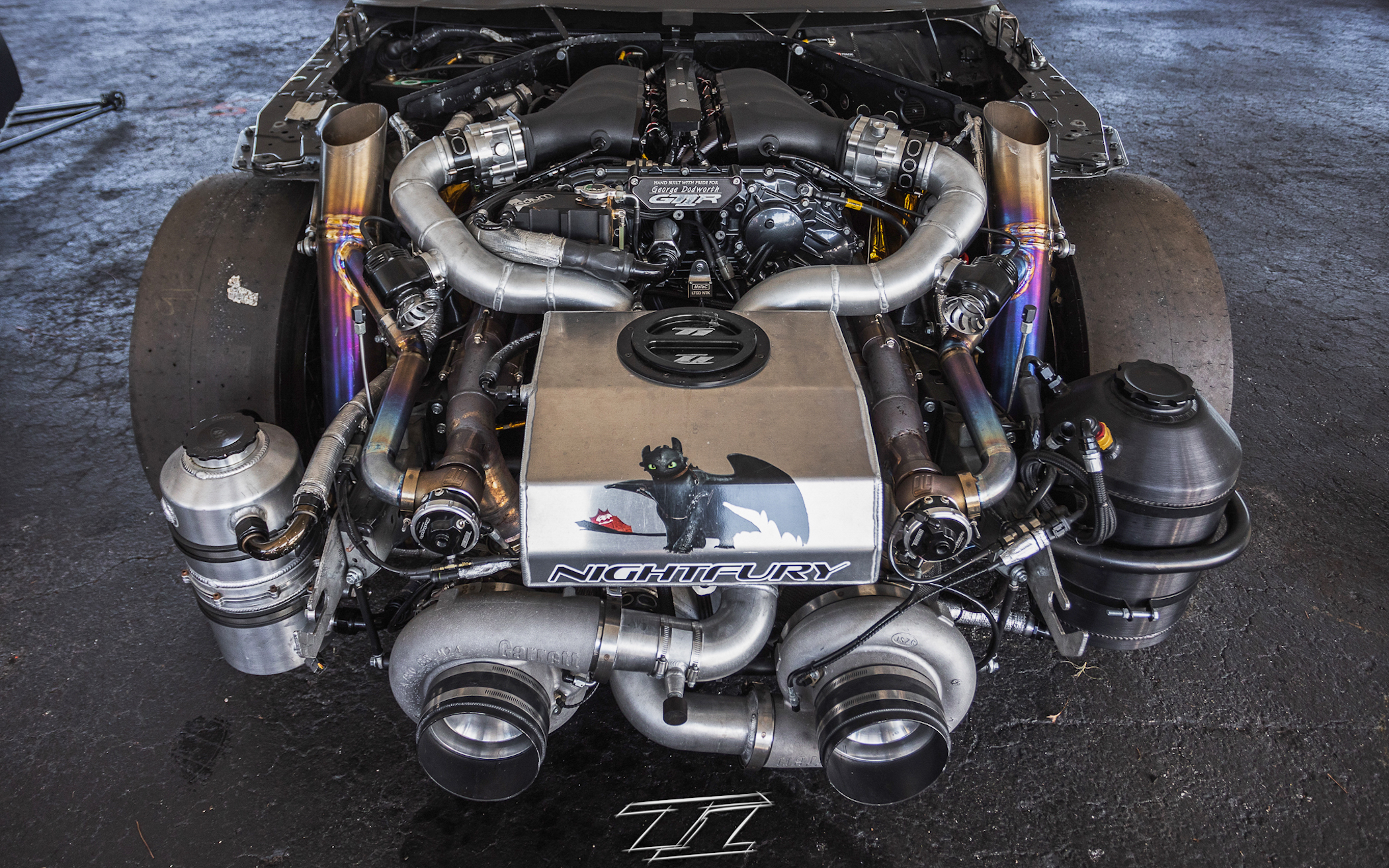
Taking absolutely nothing away from the engineering and fabrication skill that goes in to these builds, but when we look at the times they’re running and the power they’re making compared to Aussie GT-Rs - many of which manage to maintain the factory aesthetics of under the bonnet and certainly manage to make astronomical power with their front bumpers present and accounted for, are American GT-R owners just taking things too far?
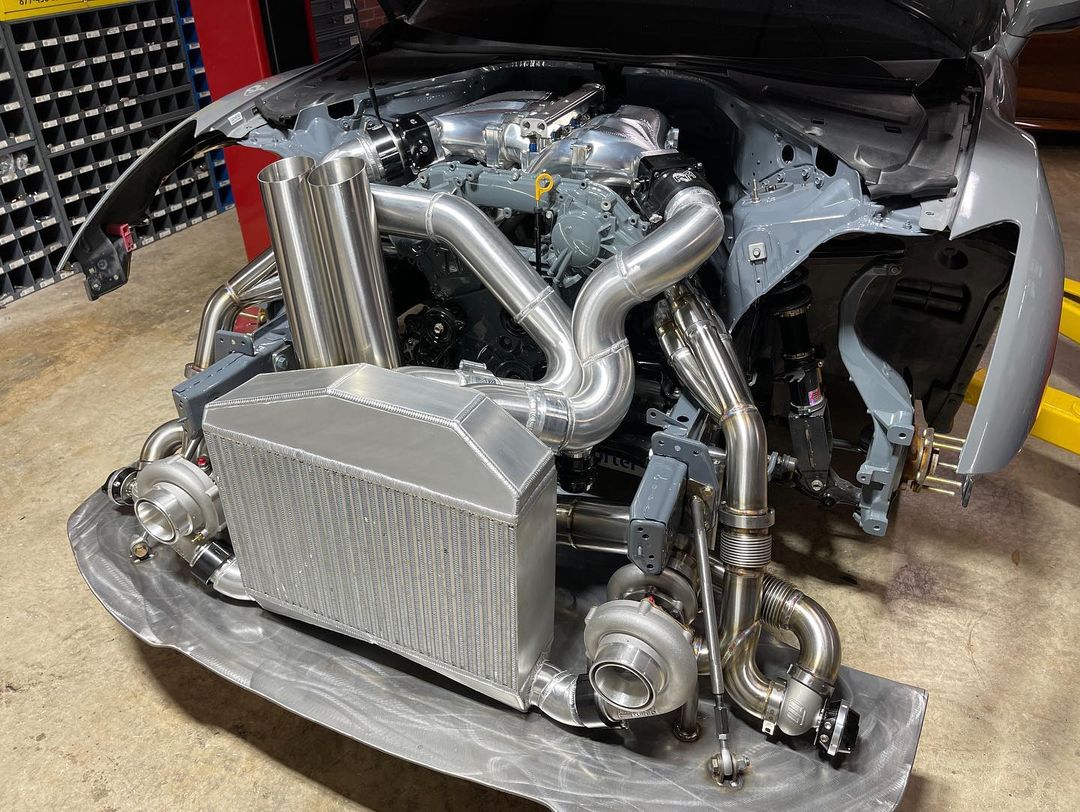
“The fact is that there’s just not as much room in the R35 engine bay as there is with previous GT-R models,” explains Australia’s GT-R anorak, Andrew Hawkins of Motive Video. “The VR38 takes up a lot more room being a V6, which doesn’t leave a lot of room between the engine and the chassis rails for big aftermarket turbos,” he continues, shining some light on why American GT-R owners insist on redesigning the quintessential Japanese supercar.

He goes on to explain that anything larger than around a 68mm turbo requires you to either notch the chassis rail or move everything forward, which has its advantages too. “Honestly, you end up with shorter exhaust piping, shorter intercooler piping and the benefit of plenty more weight over the front wheels which is desirable in a GT-R to keep the AWD system working,” he adds.
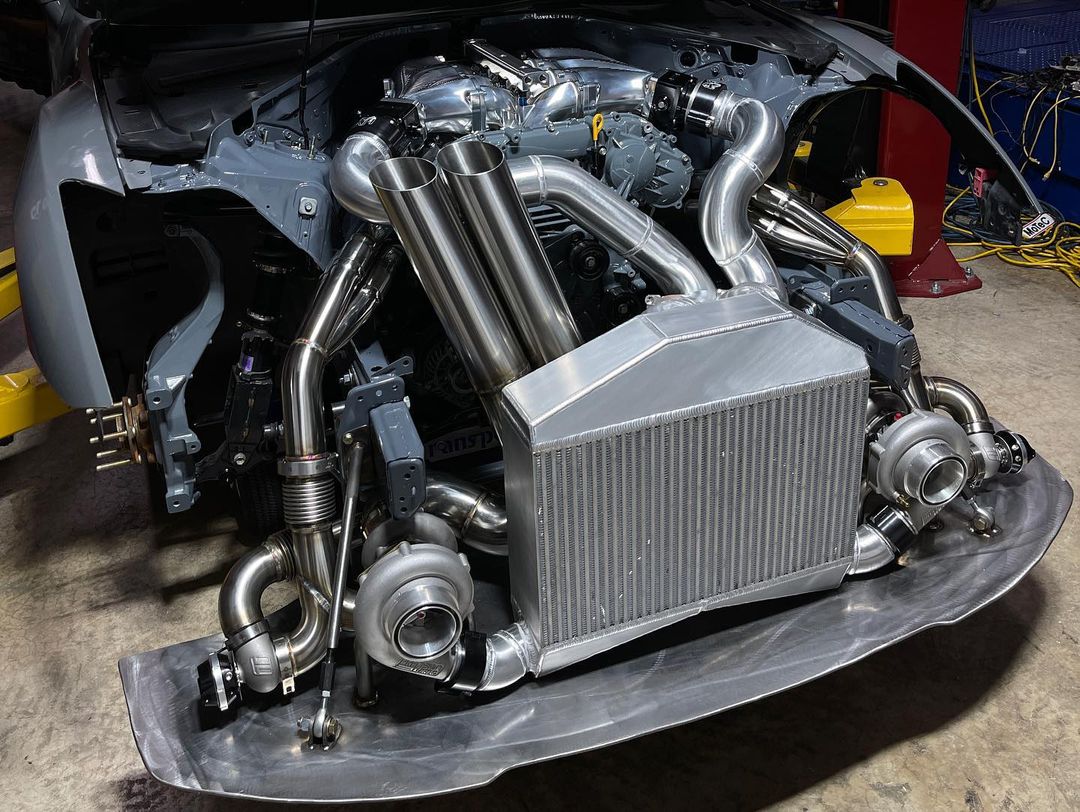
So why don't we see more wildly modified R35s with nose jobs here in Australia? “Their definition of a ‘street car’ is different in America - they’ll insist that a GT-R running on methanol with bullhorn exhausts is a street car!” he laughs. “But seriously, most guys here in Australia will upgrade to 62 or 64mm turbos, and don’t forget that because you’ve got two of them, you’ll still make 1600hp and be a 7sec car. Much more than that and you really start to sacrifice streetability,” he elaborates.
Comments
No posts found










